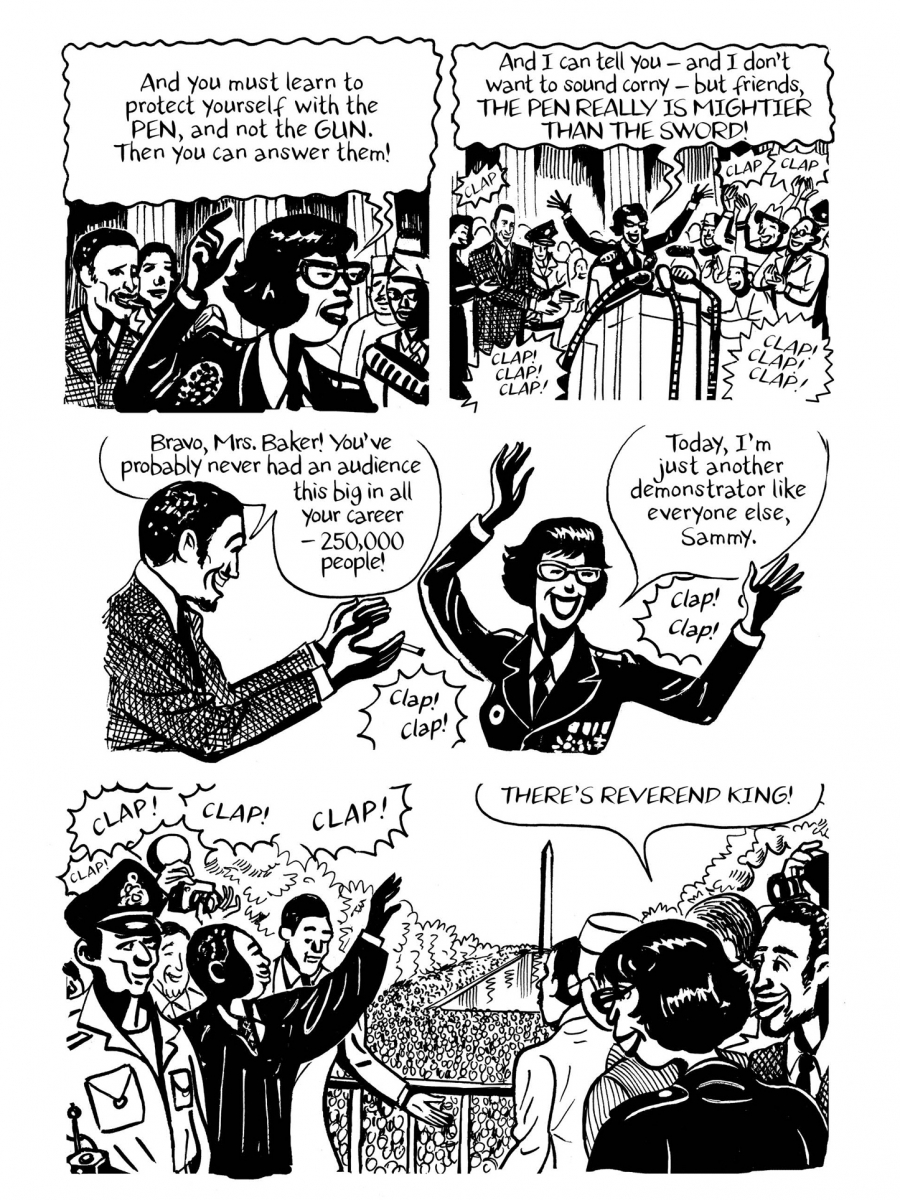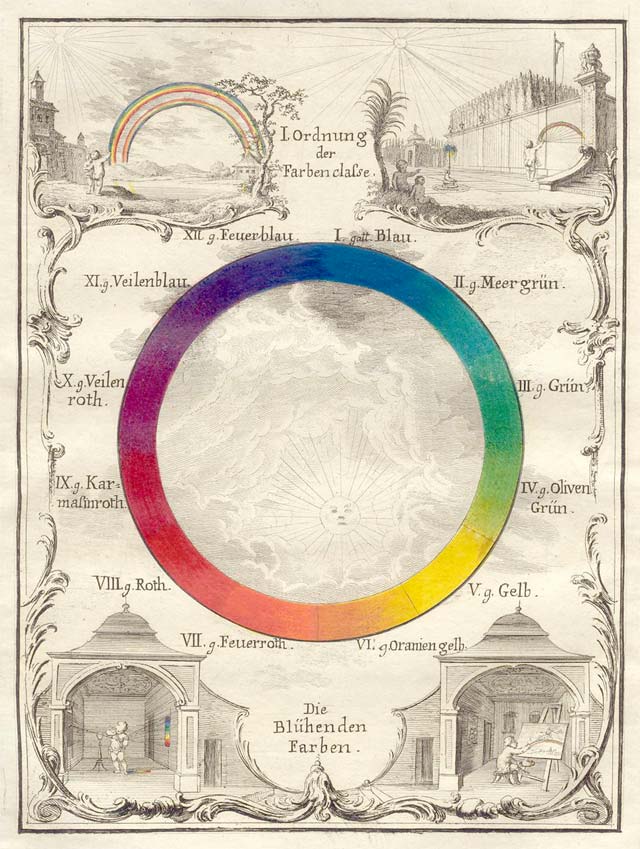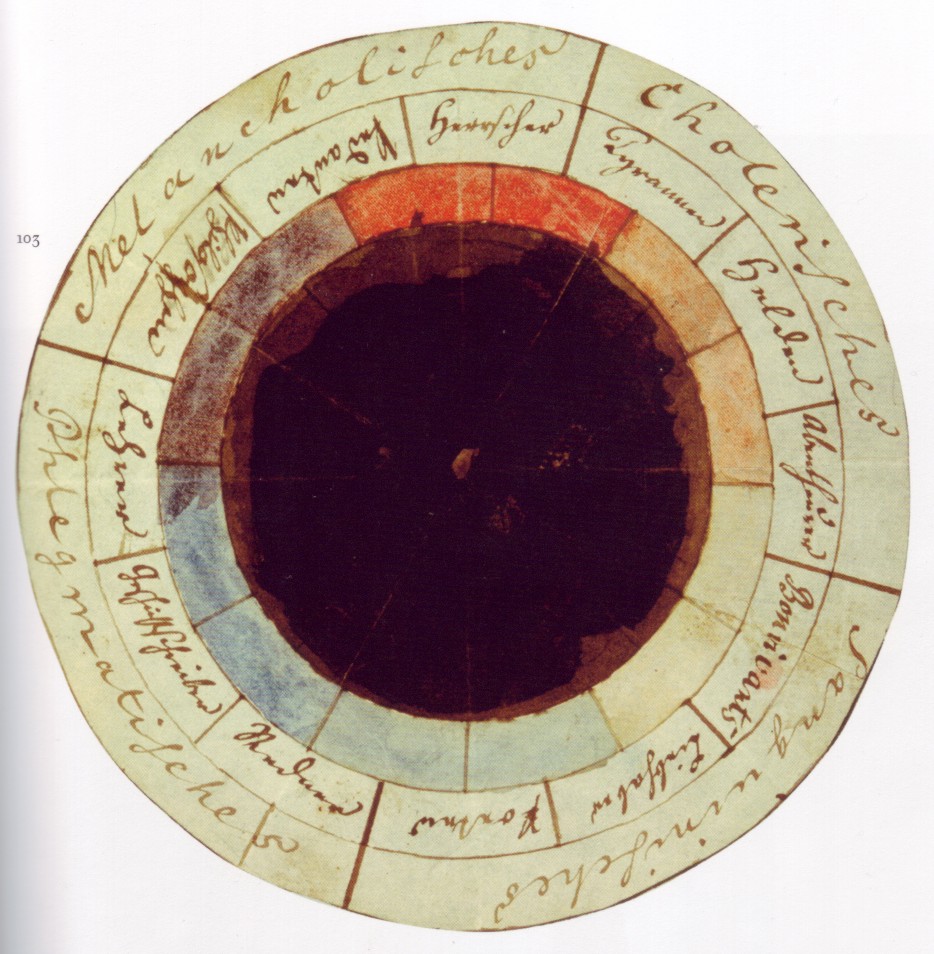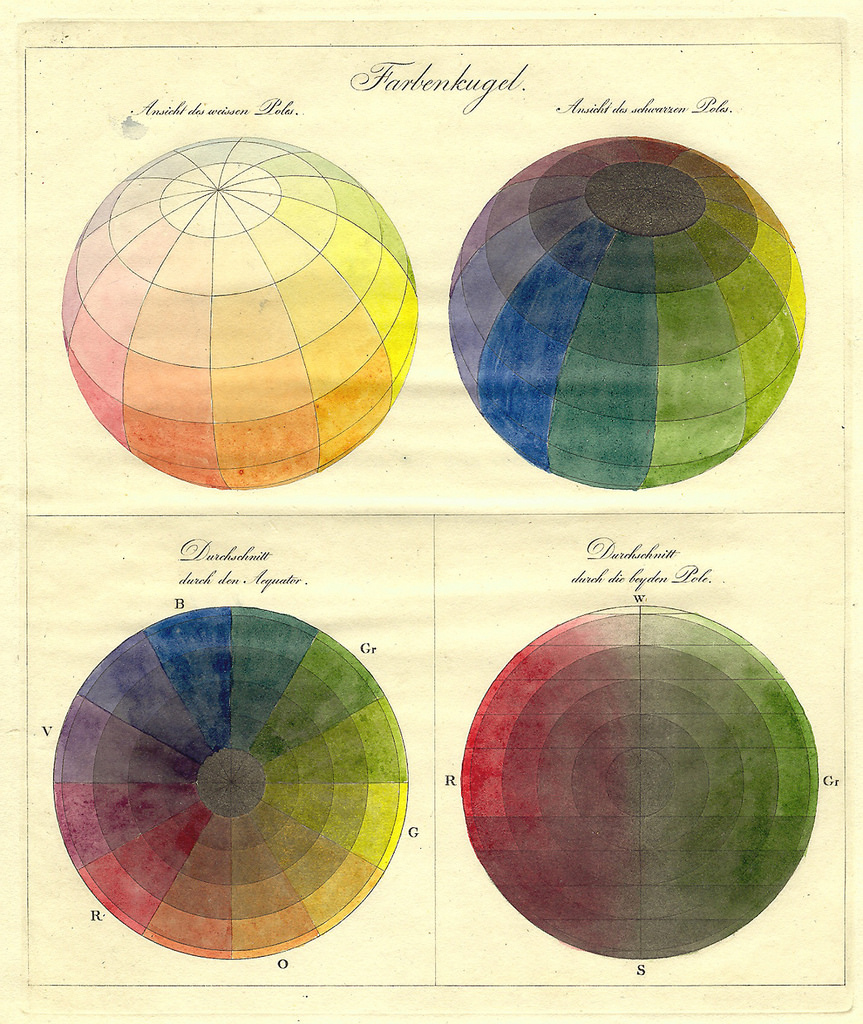Lou Reed weathered his share of bad press in the decades after leaving one of the most influential bands in rock history—either for his famed irascibility or his spells of lackluster songwriting. Somehow, he always had a way of bouncing back, proving again and again his cultural relevance. For example, when it seemed like he had cashed in all his credibility with the godawful “Original Rapper” in the mid-eighties, he returned in 1989 with the gritty classic rock and roll of New York (and played the White House at the request of his longtime fan and friend Vaclav Havel). Reed was a true survivor of a downtown scene that claimed more casualties than it made stars, and he mostly made survival look pretty good.
When he released his first solo album after quitting the Velvet Underground in 1972, however, it seemed likely Reed was headed for obscurity. Lou Reed is mostly a great collection of (mostly overproduced) songs, “but it isn’t a terribly interesting” record, writes Mark Deming at Allmusic, “and it stands today more as a historical curiosity than anything else” for its early versions of songs like “Berlin.” Not so the follow-up, Transformer, an album boasting what may well be some of the best recordings Reed ever made, like “Perfect Day” and “Satellite of Love.” What made the difference? The influence of David Bowie, who produced with Mick Ronson, didn’t hurt one bit.
Transformer also happens to contain the only song that broke Reed “through to the mainstream,” notes the Polyphonic video above, the “rock classic” hit, “Walk on the Wild Side.” The song draws its narrative strength and its “incredibly subversive” nature from its subject: the 60s Factory scene surrounding Andy Warhol, which, in effect, made Lou Reed, Lou Reed when Warhol took the Velvet Underground under his wing. The song reminds us that Reed was at his strongest when he told the tales of his milieu, whether that be the world of junkies, hustlers, and sexual outsiders, or of fringe downtown artists unafraid to experiment with new identities and personas.
These were shared worlds, and Reed knew them well enough to capture them in a literary frame provided by Nelson Algren’s novel A Walk on the Wild Side (1956). Rather than create an adaptation of the book as he first intended, Reed wrote about six compelling Factory characters, “Superstars” in Warhol’s coterie, who embodied the edgy, courageous cool Reed made his theme. First up is Holly Woodlawn, a transgender woman who moved to New York from Miami to escape discrimination. Warhol discovered Woodlawn working the streets, and put her in films, “where she thrived,” the video notes, becoming “an important figure in LGBTQ history and, thanks to Lou Reed, in music history, too.”
The next verse introduces us to another important member of Warhol’s inner circle, Candy Darling, who was also transgender and a star of Warhol’s films, and who inspired not only “Walk on the Wild Side” but “Candy Says” and, quite possibly, the Kinks’ “Lola.” Darling is already familiar to those who know the Factory scene, as is the subject of the third vignette, Joe Dallesandro, whom Warhol turned into a cult star in films like Flesh, and who—unlike most of the Factory artists—actually achieved mainstream success, with roles in The Cotton Club and The Limey. (He also served as the crotch model on the cover of the Rolling Stones’ Sticky Fingers and the “topless torso” on the cover of The Smiths’ debut album.)
As the video outlines brief biographies of each “Walk on the Wild Side” muse, we see that Reed wasn’t only paying homage to his artistic community of origin, he also was also preserving a pantheon of cultural figures who were important to the gay rights movement in one way or another, as well as to the 60s Warhol aesthetic and the birth of glam rock in the 70s. “Walk on the Wild Side,” notes Polyphonic, “gives us a great little glimpse into a historical scene, and it helps us understand the people around Lou Reed that influenced the great artist he was.” Without a doubt, Reed’s most enduring work comes from his sympathetic portraits of the artists and hangers-on who made the world he wrote of so sexy, dangerous, complex, and intriguing.
Related Content:
Lou Reed Creates a List of the 10 Best Records of All Time
Lou Reed Sings “Sweet Jane” Live, Julian Schnabel Films It (2006)
Josh Jones is a writer and musician based in Durham, NC. Follow him at @jdmagness











